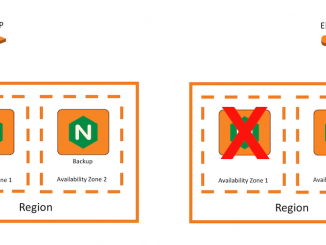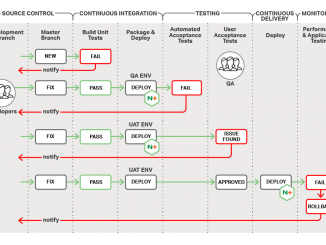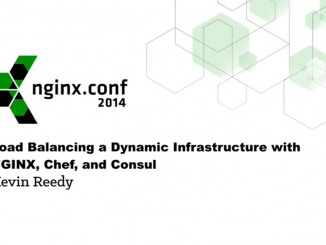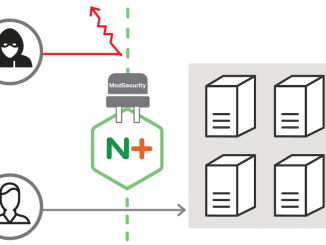
High Availability for NGINX Plus on AWS with keepalived and Elastic IP Address
High Availability for NGINX Plus on AWS with keepalived and Elastic IP Address Part of the appeal of cloud computing is the promise of greater uptime. To achieve that, all parts of your architecture must be highly available, including the load balancer. Now you can achieve high availability (HA) for NGINX Plus on AWS with a new solution that combines keepalived and the AWS Elastic IP address feature. One widely used approach for HA on AWS is to put Elastic Load Balancer (ELB) in front of NGINX Plus instances. While this approach can be a good starting point, using ELB not only increases complexity and cost, but also imposes the following limitations: ELB does not expose a static IP address, which is critical requirement for some applications. ELB IP addresses are published using a DNS CNAME record; you cannot map a root [ more… ]




